Top 7 Invasive Weeds in the SF Bay Area
Prevention and Control of Top 7 Invasive Weeds
The top 7 invasive weeds that we highlight this month are predators that will leach water and nutrients from your desired plants. Some of them are highly flammable. Our treatment recommendations for getting rid of the top 7 emphasize the least toxic practices.
Getting rid of these weeds is a combination of mechanical or biological means.
Although Integrated Pest Management (Best Practices) sometimes requires a chemical solution. Seriously, they are tough t to control. Consult a professional if possible.
Because the weather is already warming and experts forecast a dry spring, this is the time to remove them. Fire district warnings may come sooner than expected.
What are invasive weeds?
This definition is based on their real threat to native plant and animal communities. Their impact includes the risk of fire, flooding, and the potential to lower land value.
What are noxious weeds?
One weed on our list is considered noxious. This term is a legal one used by state regulatory agencies. A weed is categorized as such if it poses a threat to agriculture or plants and enables the agencies to ban, quarantine, or eradicate them.
The First Line of Defense is Maintenance (Prevention)

The Top 7 Invasive Weed Types
Some are flammable – noted in red below.
Broom Species (French & Scotch) Fire Hazard
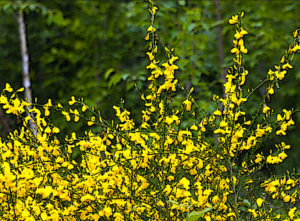
French or Scotch Broom
Plentiful in forests, wooded areas, and roadsides. They spread along roads and appear like small trees.
Despite pretty flowers, they are toxic to humans and animals.
Crowds out desirable species by leaching nutrients.
Seeds are spread by wind.
Hand pull between January-May
Cut and treat with an herbicide
Fennel or Licorice Plan – Fire Hazard
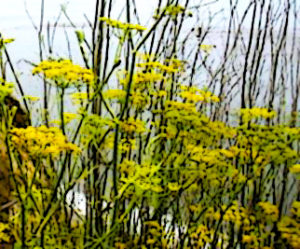
Fennel
They will displace native plants in coastal areas.
Treatment options
Hand pull when soil is still wet.
Dig out as much of the root as possible with shovels, hand picks.
Mowing needs to be done at the right time or will encourage seed growth.
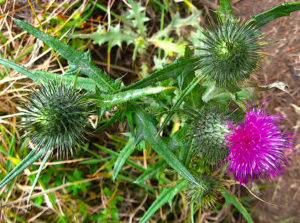
Bull Thistle
Grows where the soil is disturbed. Spreads rapidly up to 6 feet.
Aggressively leaches nutrients from desired plants.
Treatment Options
Dig out with a shovel making to get the root before pulling.
Mow before they flower.
California Invasive Plant Council says herbicides are effective.
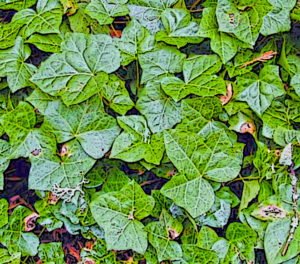
Cape Ivy
Distinguishing from less invasive ivy is difficult.
They choke off nutrients from understory vegetation, harbor rats, and snails. Treatment Options
Requires precision as every stem must be removed.
Removing around the perimeter of a patch.
Because removal is complex cutting and using herbicide may be advised.
Himalayan Blackberry – Fire Hazard
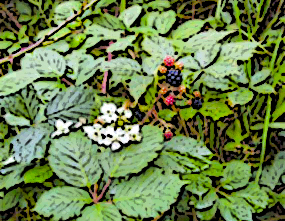
Himalayan Blackberry
The Himalayan Blackberry grows relentlessly in dense thickets, covered in thorns.
Highly aggressive, invasive, and difficult to control. Displaces native species.
They leach out nutrients from desired plants, their thickets can block the sunlight they need.
Treatment options
Mechanical – dig up by root ball.
Burning of mature plants only with consultation with a professional.
Unfortunately, treating with concentrated herbicide is one of the most effective options.
Periwinkle or Vinca Major
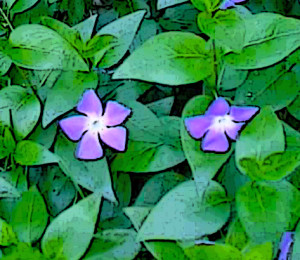
Vinca Major
Vinca Minor is okay! The two types look a little different.
Vinca Major leaves are broader, larger; heart-shaped.
Major is considered invasive because it is aggressive and outcompetes natives, leaching soil nutrients.
It spreads rapidly in shady creeks; drainage areas.
Treatment Options
Hand pulling will work if roots are not deep and soil is loose and moist. (Then put plants in a plastic bag & destroy)
Mechanical means (put plants in a plastic bag and destroy).
Foliar spray can work.
Cutting and treating with an herbicide is effective if all else fails.
Ice Plants
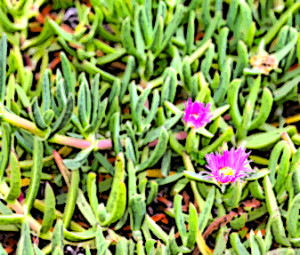
Ice Plant
When established, they form a dense mat that can choke out natives and destroy soil chemistry.
Seeds are prolific. They move from landscaped to natural areas and devastate their ecosystem.
Pieces of the plant can be washed into storm drains.
One study found that when an ice plant was removed, both native and exotic plant species returned.
However, the natives were less abundant.
Treatment Options
Having shallow roots, hand pulling is effective, just do it early.
Closing Note
California Invasive Plant Council has taken the lead on public and professional education, and the eradication of invasive plants.
They developed a comprehensive inventory of these plants and have initiated multiple plant control projects throughout the state.
As they are a non-profit they rely on funding and volunteers for them.
Their website is a great resource if you want to learn more.
Sources and Resources
California Invasive Plant Council (Cal-IPC)
California Native Plant Society (CNPS)

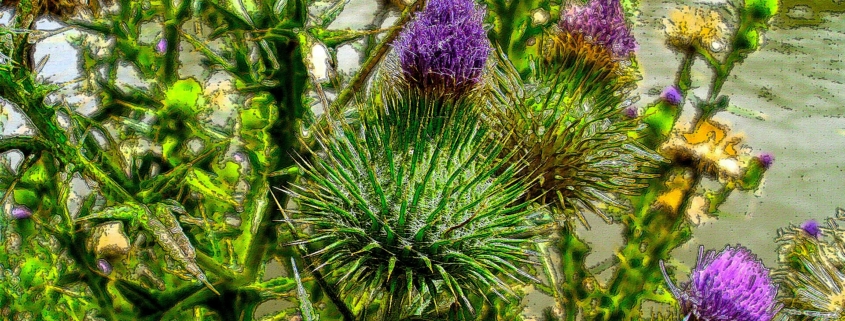
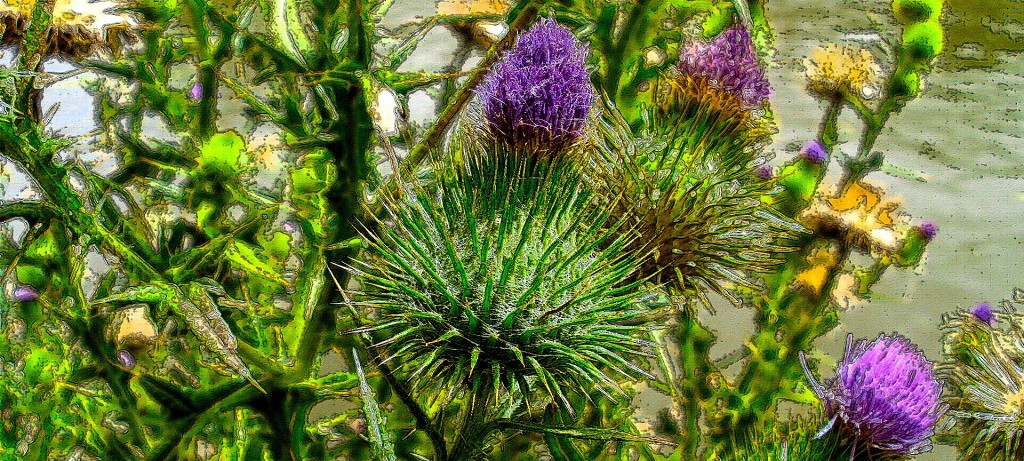
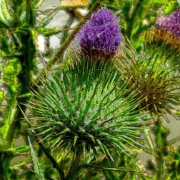

Leave a Reply
Want to join the discussion?Feel free to contribute!